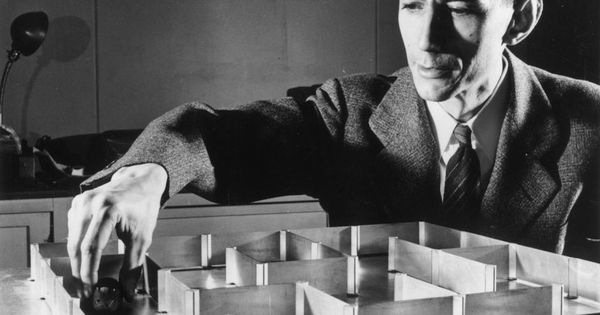A schism lies at the heart of the field of artificial intelligence. Since its inception, the field has been defined by an intellectual tug-of-war between two opposing philosophies: connectionism and symbolism. These two camps have deeply divergent visions as to how to “solve” intelligence, with differing research agendas and sometimes bitter relations.
Today, connectionism dominates the world of AI. The emergence of deep learning, which is a quintessentially connectionist technique, has driven the worldwide explosion in AI activity and funding over the past decade. Deep learning’s recent accomplishments have been nothing short of astonishing. Yet as deep learning spreads, its limitations are becoming increasingly evident.
If AI is to reach its full potential going forward, a reconciliation between connectionism and symbolism is essential. Thankfully, in both academic and commercial settings, research efforts that fuse these two traditionally opposed approaches are beginning to emerge. Such synthesis may well represent the future of artificial intelligence.






